Nowadays, staying healthy has become a top priority. This mindset is especially true, considering the deadly SARS-CoV-2 virus and its many equally dangerous variants.
To stay healthy, people have turned to superfoods such as Alliaria petiolata, otherwise known as garlic mustard, to boost their health and well-being. This article will tell you all you need to know about garlic mustard and its health benefits.
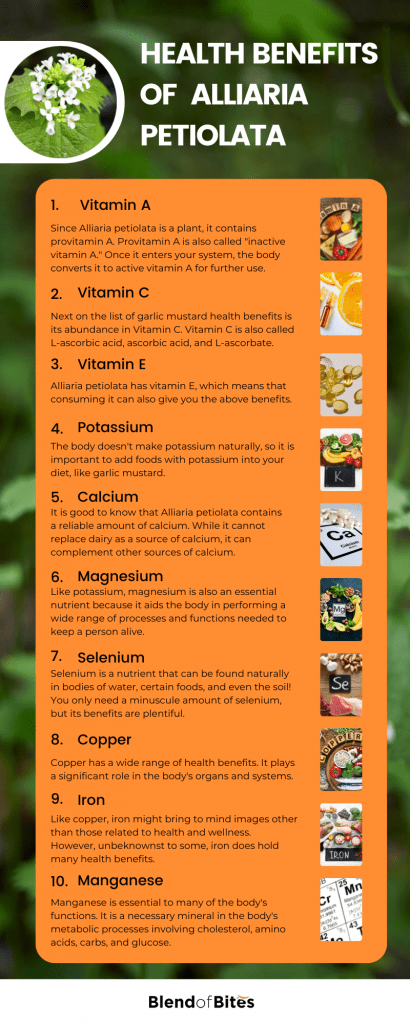
Jump to:
What is alliaria petiolata (garlic mustard)?
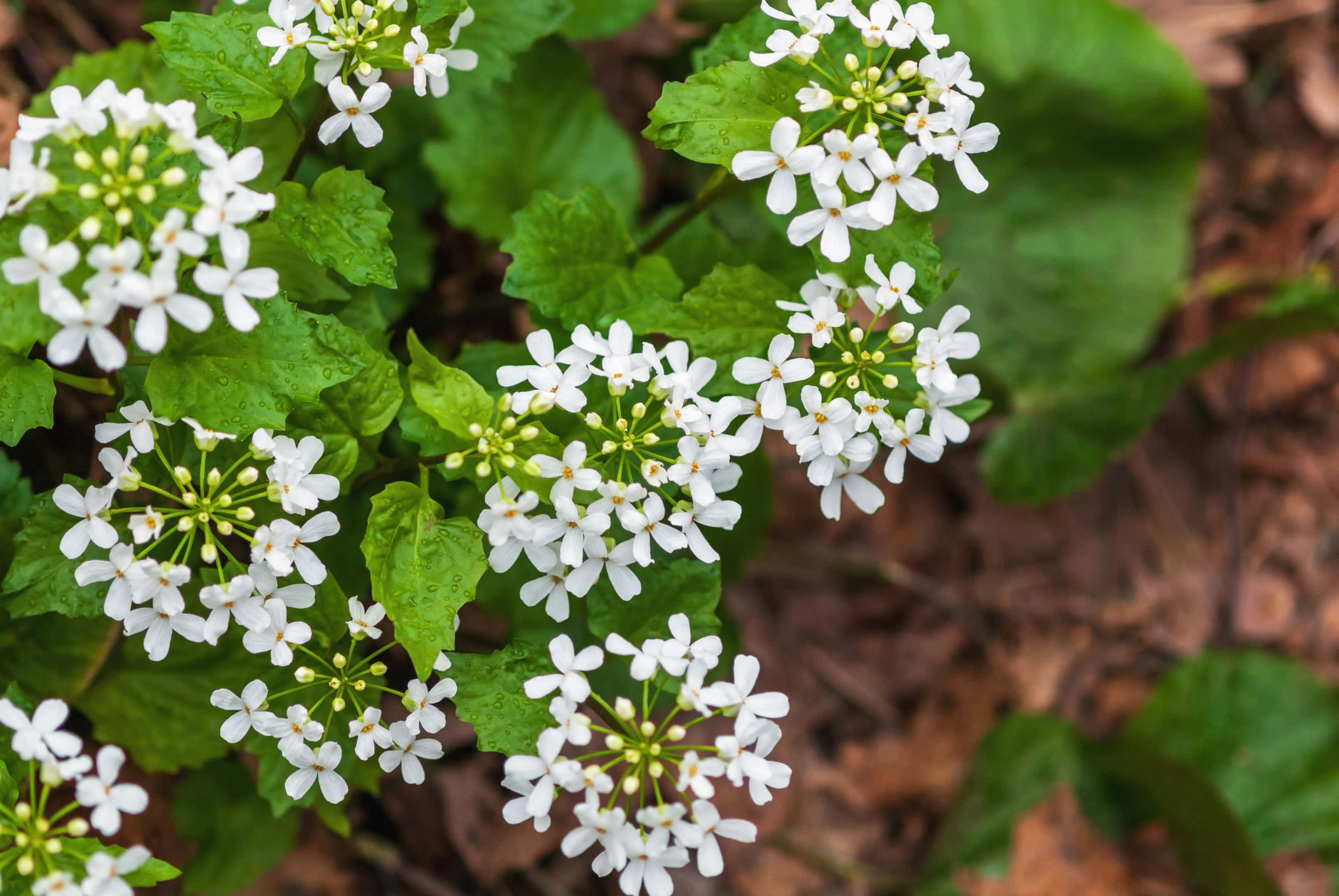
Before diving into the Alliaria petiolata health benefits, let us first find out what exactly it is.
People know this plant by other names such as garlic mustard, jack-by-the-hedge, garlic root, and hedge garlic. It gets its garlic-related names from its garlic-like smell when crushed.
It is a biennial flowering plant, meaning it completes its biological life cycle once every two years. The first year of its development typically comprises primary growth, while the second year is when it blooms in the spring and releases seeds in the summer.
This plant can be found in colder regions such as Europe, Central and Western Asia, specifically Northern to East Pakistan and West China, North-Western Africa, Iberia, Morocco, British Isles, and around Northern Scandinavia.
Believe it or not, this humble plant is considered one of the oldest spices in Europe! Many people hail the plant for its unique and delicious flavor across the continent.
However, despite its legacy, some agriculturists and plant experts now consider the Alliaria petiolata an invasive species and a weed.
Is garlic mustard edible?
You might be wondering, is Alliaria petiolata edible? Despite being used as a spice for several centuries, garlic mustard raises some questions about its edibleness.
The simple answer is it depends. The age of garlic mustard heavily influences how safe it is to consume. When the plant matures, its leaves become not only bitter but also toxic to eat. They develop a high concentration of cyanide which is dangerous to most vertebrates.
On the other hand, younger plants are tastier and do not pose any danger to your health. Young, freshly-harvested garlic mustard bears similarities to horseradish in taste. Consumers of the plant think that it has a bit of a spicy kick to it.
Can garlic mustard be used medicinally?
Did you know that this age-old plant is also used to heal aside from being used for culinary purposes? With that said, this section will tackle the Alliaria petiolata medicinal use.
Garlic mustard has been used for centuries as an antiseptic herb. It is used to treat leg ulcers, coughs and colds, and headaches. People can also use it to speed up the healing time of a bruise. It is common to use it for treating colic and kidney stones.
Aside from its antiseptic properties, the leaves and stems of garlic mustard are anti-asthmatic, antiscorbutic, antiseptic, and deobstruent, diaphoretic.
In some parts of the world, the fresh green leaves of the garlic mustard plant are rubbed on feet to relieve cramps and other muscle pains.
What are the health benefits of alliaria petiolata (garlic mustard)?
Alliaria petiolata is both a spice and an antiseptic agent. With that said, what value does this plant add to your health? What are the Alliaria petiolata health benefits?
If these inquiries have been plaguing your mind, then fret not! The following section will take you into the nutritional benefits that this humble plant/weed can bring.
1. Vitamin A
There are two types of vitamin A. The first kind (preformed vitamin A) is the one present in products such as fish, meat, dairy, and poultry. The second kind (provitamin A) is mostly found in veggies, fruits, and other plant-based foods.
Since Alliaria petiolata is a plant, it contains provitamin A. Provitamin A is also called "inactive vitamin A." Once it enters your system, the body converts it to active vitamin A for further use.
Vitamin A is linked to a large number of health benefits. The first and most famous of these benefits is the wonders it does for your eyesight. Vitamin A helps preserve how well you see. In fact, night blindness is a symptom of vitamin A deficiency.
Aside from this, Vitamin A also helps lower the risk of developing life-threatening cancer. It also aids the immune system, reduces the risk of developing acne, supports skeletal health, and promotes growth and reproduction.
Since garlic mustard has a healthy amount of this vitamin, it is a wise choice to add it to one's diet.
2. Vitamin C
Next on the list of garlic mustard health benefits is its abundance in Vitamin C. Vitamin C is also called L-ascorbic acid, ascorbic acid, and L-ascorbate.
This nutrient is vital to several of the body's functions. In particular, it helps the body absorb iron, which is essential to the cardiovascular system.
Vitamin C is also an antioxidant. It helps remove unwanted substances such as ROS from your system. ROS stands for reactive oxidative species.
Its antioxidant properties help reduce inflammation and even lower the risk of developing certain cancers. This vitamin also plays an integral part in the production of collagen.
However, vitamin C is water-soluble, which means that it can be washed out of our bodies easily. That is why a person must consume enough vitamin C in a day to reap the nutritional benefits of the nutrient.
Luckily, wild garlic mustard health benefits include an adequate concentration of Vitamin C. This makes it a perfect addition to one's daily routine.
3. Vitamin E
Like vitamin C, vitamin E is also a powerful and much-needed antioxidant. This means that it also possesses the benefit of lowering the risk of developing cancer.
Vitamin E is also linked to longer cell life. This property can be attributed to the vitamin being a powerful antioxidant that can eliminate damage from free radicals. Free radicals are molecules that can damage, speed up the aging process of your body's cells, and contribute to heart disease and cancer.
Some research also points to vitamin E as a powerful treatment against certain degenerative diseases such as high blood pressure and the hardening of one's arteries.
Alliaria petiolata has vitamin E, which means that consuming it can also give you the above benefits.
4. Potassium
Potassium, a crucial nutrient for the body, is an electrolyte that is found in many of the foods that people usually consume. An electrolyte conducts electrical impulses in the body, which are vital for ensuring that you function correctly.
Potassium is also essential because it helps in a range of bodily processes such as maintaining normal water balance and blood pressure, muscle contractions, and even digestion! The humble potassium plays a role in all of those.
The body doesn't make potassium naturally, so it is important to add foods with potassium into your diet, like garlic mustard.
5. Calcium
Strong bones rely on a nutrient called calcium to be maintained. Calcium, which is associated with dairy products, is essential to one's bone health.
Aside from strengthening bones, calcium also helps the heart, muscles, and nerves in performing their functions properly.
Without the proper amount of calcium, one can fall victim to certain conditions such as osteoporosis and stunted growth. This poses a challenge because not everyone can eat dairy. What are alternatives to this calcium source?
It is good to know that Alliaria petiolata contains a reliable amount of calcium. While it cannot replace dairy as a source of calcium, it can complement other sources of calcium.
6. Magnesium
Like potassium, magnesium is also an essential nutrient because it aids the body in performing a wide range of processes and functions needed to keep a person alive. In particular, it helps with energy creation, gene maintenance, muscle movements, protein formation, and nervous system regulation. Magnesium is also linked to better exercise performance.
A magnesium deficiency is believed to be a factor of depression. Increased magnesium in one's diet can help battle this mental illness.
Aside from depression, magnesium deficiency is also linked to diabetes. Increased consumption of this mineral can significantly reduce the risk of the disease.
7. Selenium
Selenium is a nutrient that can be found naturally in bodies of water, certain foods, and even the soil! You only need a minuscule amount of selenium, but its benefits are plentiful.
The mineral selenium plays a critical role in one's metabolism. Some health conditions are associated with selenium deficiency, so taking the adequate amount can reduce the risk of developing illnesses like HIV and Crohn's disease.
Furthermore, selenium, like vitamin E, is also considered to be a powerful antioxidant. This makes it great for reducing the risk of cancer and other degenerative diseases like heart disease and high blood pressure.
8. Copper
Copper has a wide range of health benefits. It plays a significant role in the body's organs and systems. In particular, copper helps you make red blood cells, keep nerves healthy, protect cells from damage, absorb iron, and turn sugar into energy.
Without copper, one's functioning and development may be stunted due to its enormous role in keeping you fit and healthy. Copper deficiency can have nasty and dangerous consequences such as anemia, pale skin, irregular heartbeat, low blood pressure, and thyroid problems.
9. Iron
Like copper, iron might bring to mind images other than those related to health and wellness. However, unbeknownst to some, iron does hold many health benefits.
In particular, iron is vital to the proper functioning of a compound called hemoglobin. Hemoglobin is responsible for transporting oxygen in the blood. Without iron, this would not be possible.
Aside from its role in hemoglobin function, iron also promotes a healthy pregnancy, increased energy, and better athletic performance. Garlic mustard is an excellent source of dietary iron needed by the body. Adding it to your diet will surely improve your overall health.
10. Manganese
Like selenium, the body only needs a small amount of manganese to function correctly. However, this tiny bit of mineral can go a very long way.
Manganese is essential to many of the body's functions. It is a necessary mineral in the body's metabolic processes involving cholesterol, amino acids, carbs, and glucose. The mineral also has a role in bone formation, blood clotting, and the reduction of inflammation.
Like the other vitamins and minerals mentioned in this list, manganese cannot be formed by the body alone. That is why it is vital to incorporate foods with a healthy amount of manganese into one's diet. Luckily, Alliaria petiolata is an excellent source of this essential nutrient.
11. Omega-3 fatty acids
Omega-3 is a health-related buzzword that gets tossed around often. But what exactly is it?
Omega-3 fatty acids, or omega-3s for short, refer to essential fats that are crucial to the membranes of cells. These fats are found in fish, flaxseed, and of course, garlic mustard.
The presence of omega-3s in one's diet can significantly improve one's health. It has been linked to lower blood pressure, reduced risk of heart disease, and reduced risk of stroke, among others.
How do you add garlic mustard to your diet?
Now that the health benefits of garlic mustard have been laid out, you might be wondering: how do I eat it? The answer is simple.
You may do it the way they used to in the olden days and use it as a spice. Chop up the plant's leaves and add them to your favorite soups, salads, and more. You can also get creative and figure out how to add them to your favorite recipes.
Conclusion
Alliaria petiolata health benefits are very numerous. It is no wonder why this plant has been used for centuries as a spice and as herbal medicine. It provides a wide range of vitamins and nutrients essential to one's health and bodily functions.
Despite its reputation as a weed, garlic mustard is far from a pest!

A writer passionate about wellness, nutrition, and intentional living. She creates engaging, research-based content that empowers readers to live healthier lives. Through every article, she brings clarity, inspiration, and a touch of everyday practicality. Read more about Juliana.



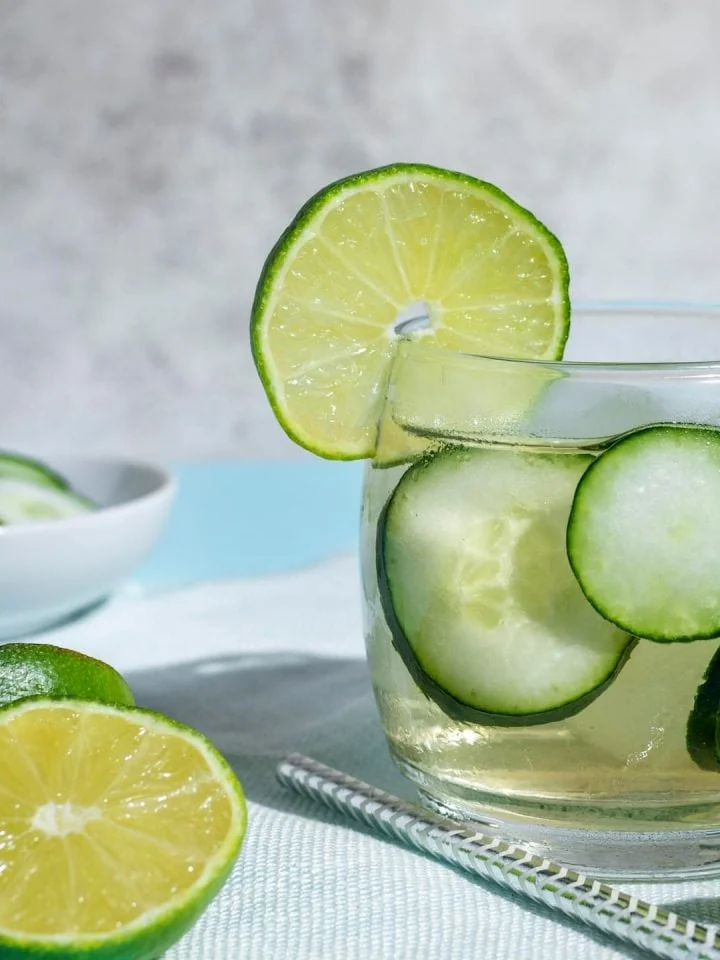
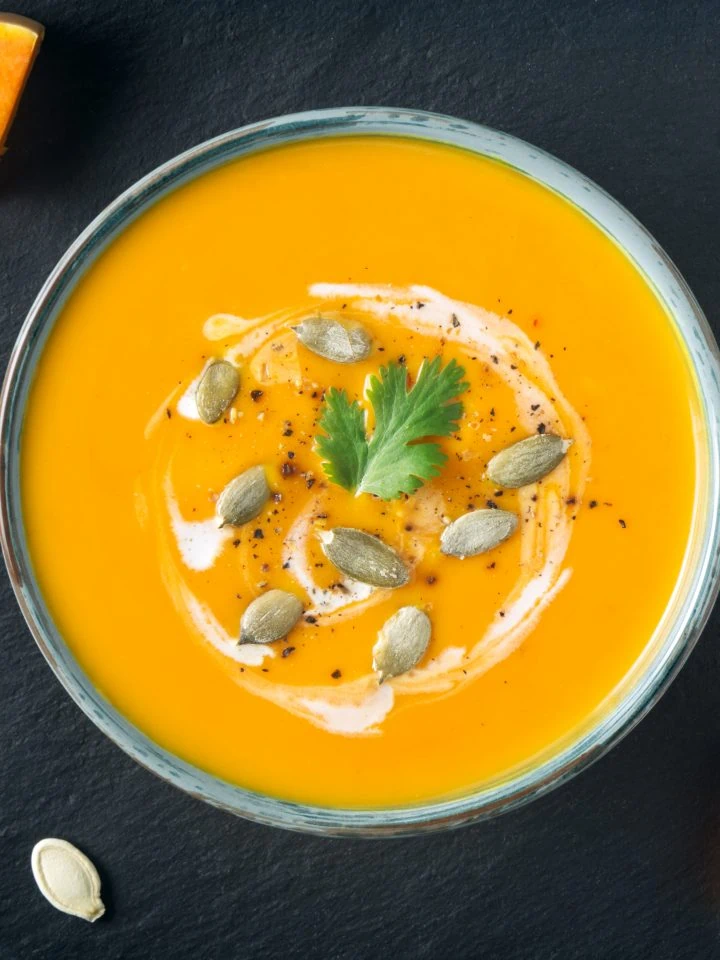
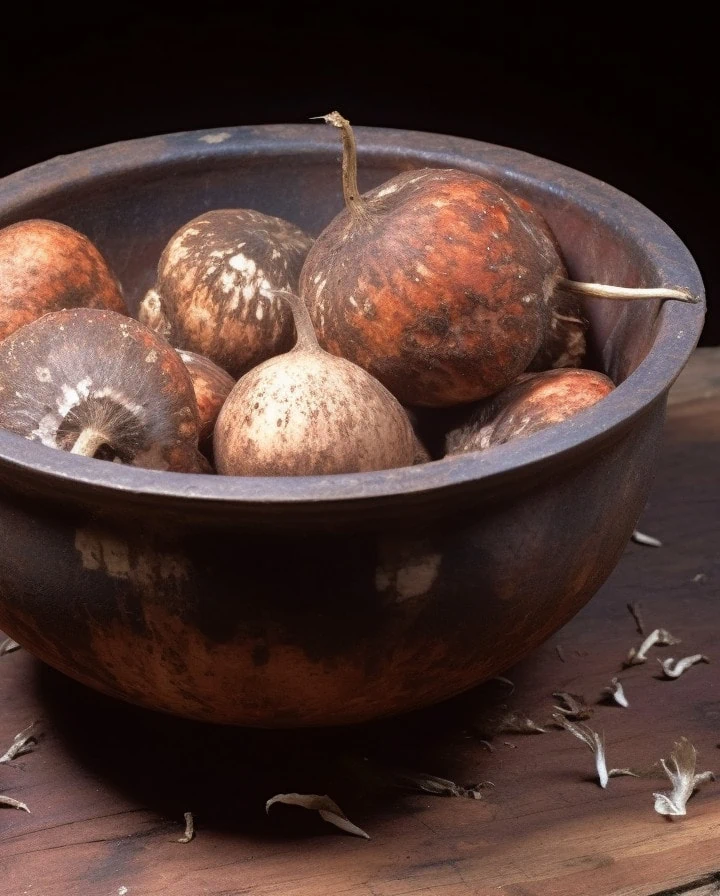

Comments
No Comments